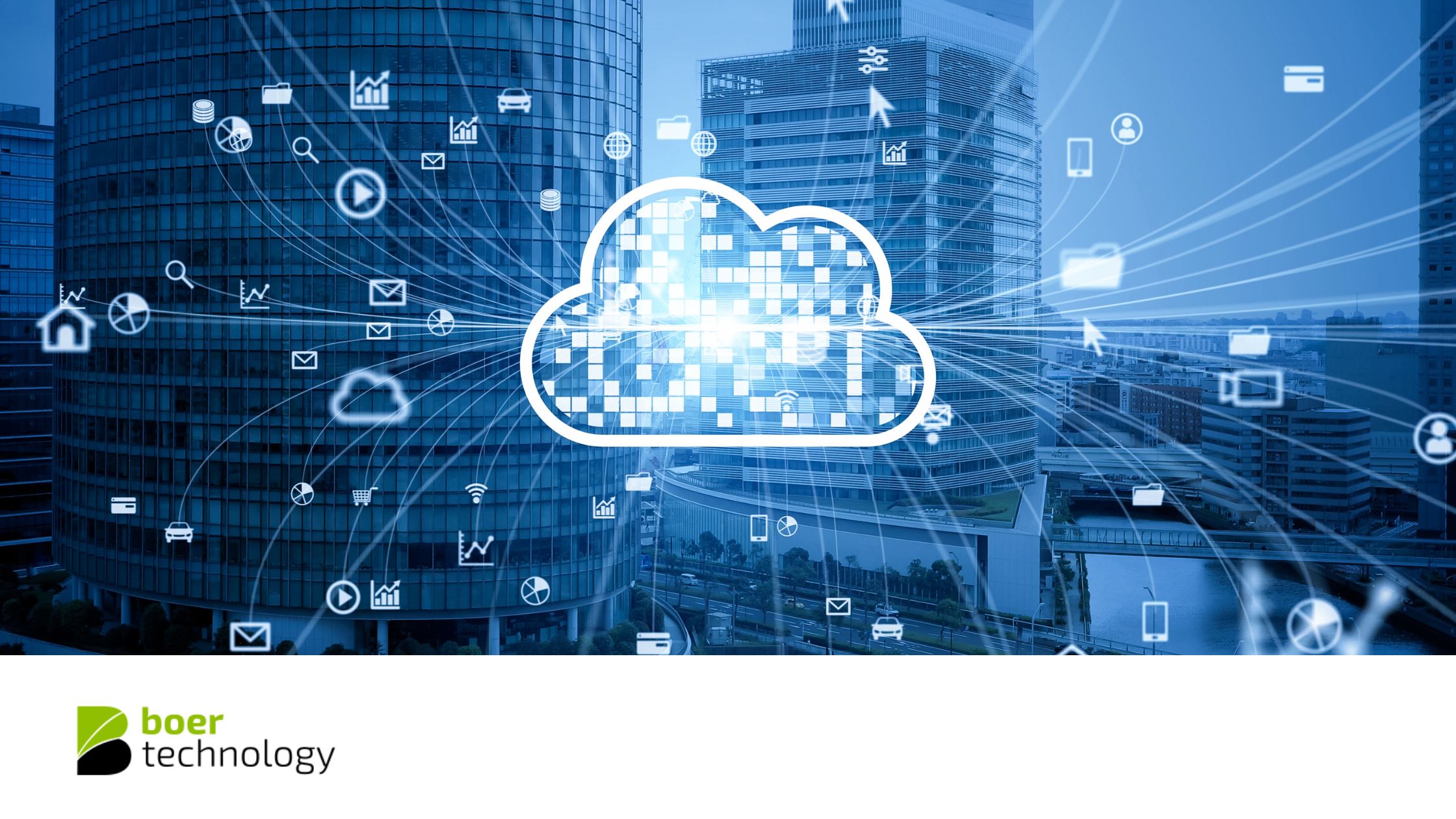Debunking Security Myths in Cloud Computing
As cloud computing continues to gain traction across various industries, concerns about its security have also risen. Despite the widespread adoption and numerous benefits of cloud services, several myths surrounding cloud security persist. These myths can create unnecessary fear, uncertainty, and doubt (FUD) among organizations considering cloud migration. It's important to address these misconceptions to make informed decisions about leveraging cloud technologies. This article aims to debunk some of the most common security myths in cloud computing.
Myth: The Cloud is Inherently Less Secure than On-Premises Solutions
One of the most pervasive myths is that cloud environments are inherently less secure than traditional on-premises infrastructures. The reality is that cloud service providers (CSPs) often have more resources and specialized security expertise than most organizations. Leading CSPs like AWS, Google Cloud, and Microsoft Azure invest heavily in security technologies, practices, and personnel to protect their infrastructure.
These providers implement stringent security measures, including encryption, identity and access management (IAM), and continuous monitoring, to protect data and applications. Moreover, CSPs must comply with a wide range of industry standards and regulations, such as ISO 27001, GDPR, and HIPAA, further ensuring the security of their environments.
While it’s true that cloud security is a shared responsibility between the provider and the customer, when properly managed, cloud environments can be just as secure—if not more secure—than on-premises solutions.
Myth: Data is More Vulnerable in the Cloud
Another common misconception is that data stored in the cloud is more vulnerable to breaches than data stored on-premises. In reality, the level of data security in the cloud is largely dependent on how it is managed. Cloud providers offer a variety of encryption options for data at rest and in transit, ensuring that sensitive information is protected.
In addition to encryption, cloud providers offer advanced security features such as multi-factor authentication (MFA), intrusion detection systems (IDS), and security information and event management (SIEM) tools. These features are designed to safeguard data and detect potential threats before they can cause harm.
Moreover, data breaches are often the result of weak security practices by the organization itself, such as poor password management, lack of encryption, or inadequate access controls. By implementing best practices and leveraging the security features offered by CSPs, organizations can significantly reduce the risk of data breaches in the cloud.
Myth: Cloud Security is the Sole Responsibility of the Cloud Provider
Many believe that once they move their data and applications to the cloud, security becomes the sole responsibility of the cloud provider. However, this is a dangerous misconception. Cloud security operates on a shared responsibility model, where both the cloud provider and the customer have specific roles to play in securing the environment.
While CSPs are responsible for securing the underlying infrastructure, such as physical servers, storage, and networking, the customer is responsible for securing the applications, data, and user access controls. This includes configuring security settings, managing identities, and ensuring that applications are up to date with the latest security patches.
Failing to understand and implement the shared responsibility model can lead to security gaps and increased vulnerability. Organizations must take an active role in securing their cloud environments by following best practices and regularly auditing their security posture.
Myth: The Cloud is Prone to More Frequent Attacks
There is a belief that cloud environments are more frequently targeted by cyberattacks compared to on-premises systems. While cloud environments do attract attention from cybercriminals, they are not inherently more vulnerable. In fact, the visibility and scale of cloud environments often lead to better detection and response capabilities.
Cloud providers employ sophisticated threat detection and response mechanisms, such as machine learning algorithms that can identify and respond to threats in real time. These capabilities often surpass those of traditional on-premises environments, where organizations may lack the resources to implement such advanced security measures.
Additionally, CSPs work closely with cybersecurity experts and regulatory bodies to stay ahead of emerging threats. By continuously updating their security practices and technologies, cloud providers help mitigate the risk of attacks.
Myth: Compliance is Harder to Achieve in the Cloud
Many organizations worry that moving to the cloud will make it harder to achieve and maintain regulatory compliance. However, leading cloud providers offer a range of compliance certifications and tools that can help organizations meet their regulatory requirements.
CSPs provide detailed documentation, audit reports, and compliance frameworks that organizations can use to ensure their cloud environment meets industry standards. Additionally, many cloud providers offer automated tools that simplify compliance reporting and help organizations maintain compliance over time.
By leveraging these resources, organizations can often achieve compliance more easily in the cloud than with on-premises solutions, where compliance efforts are typically more manual and time-consuming.
Conclusion
The myths surrounding cloud computing security are often based on outdated perceptions or misunderstandings. The reality is that cloud environments can be as secure, if not more secure, than traditional on-premises infrastructures. By understanding the shared responsibility model, leveraging the security features offered by cloud providers, and following best practices, organizations can mitigate risks and confidently embrace the cloud. Debunking these myths is the first step towards realizing the full potential of cloud computing without compromising on security.
Read Also: Why Automation is Important for DevSecOps
Read Also: What is Interactive Application Security Testing (IAST)?

